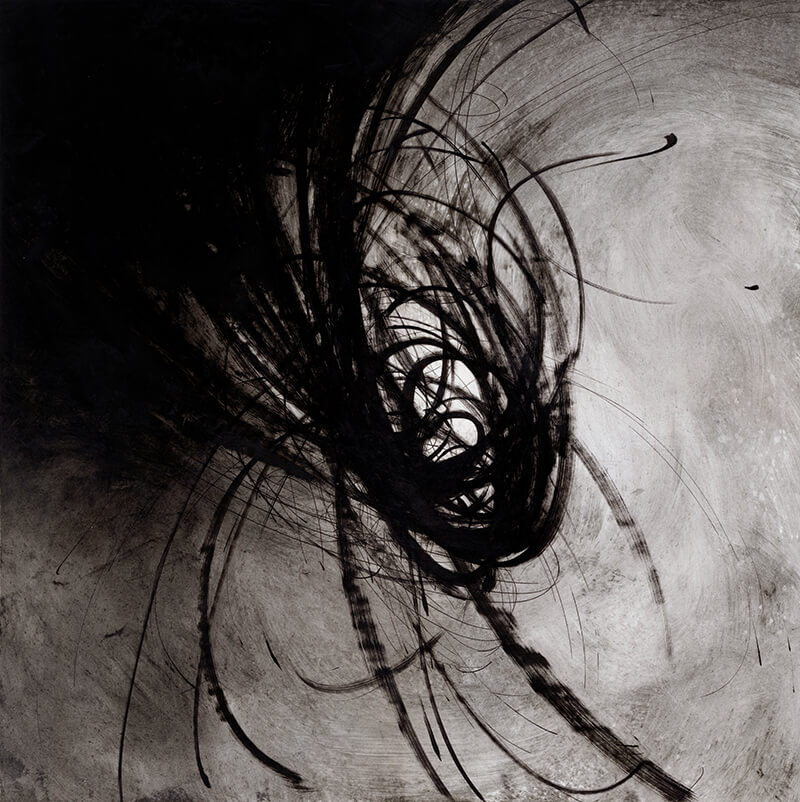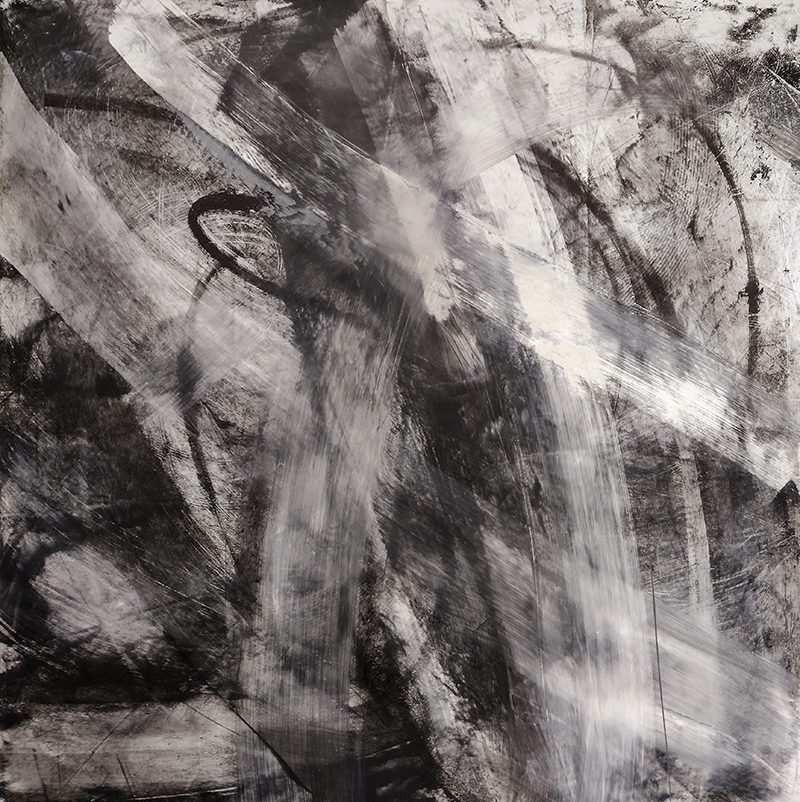WIND
Curiosity is a funny thing. A few years ago it was curiosity that lead me to ask myself one simple question that would dominate my artwork, from that single moment, until now and for the foreseeable future, how can we visualise the invisible? Specifically, my fascination lays with how we can try to visualise, translate and record the movement of the wind, and the dynamic influence this has on the world around us. I focus my work on conceptualising what wind patterns might look like, were we able to see them, as well as recording and observing the movement of physical objects, induced by the air’s interaction. I have always been in awe of the power and the beauty of nature. Feeling goosebumps at the sight of dramatic weather systems and observing the clouds as they twist and turn, ungulate and collide. The question arose as I grappled to try and understand the motivation behind my work, as I felt that there was something that I was missing. Accepting that it was the movement and energy created by the weather that excited me the most, a penny dropped, it become obvious that the powerhouse behind it all was the wind! But how can I draw the wind? How can I visualise the invisible? A curious and invigorating question.
What is Wind?
Simply put, the wind is the movement of air in our atmosphere as it attempts to equalize itself between the differences in pressure and temperature, created by the uneven heating of the Earth by the sun. The wind is fundamental to life on Earth. It is responsible for moderating the Earth’s temperature, aiding pollination, creating weather patterns, bringing rain and clear skies to lands that would otherwise be arid or drenched and enabling entire eco systems, such as the Amazon Rainforest, to exist. Without the wind our planet would be a world of uninhabitable extremes. Fortunately, the wind is a neutrally occurring phenomena, governed by the laws of physics and nature, so it’s not going to stop. However it is changing, a warming planet as the result of climate change is having an affect on our wind patterns. Research has shown that over the past few decades our Westerly Winds, which typically move West to East and across the middle latitudes of the Earth, have been changing, moving polewards. The movement of these winds has huge implications for our weather patterns, the affects of which are being felt around the world.
What is Wind?
Simply put, the wind is the movement of air in our atmosphere as it attempts to equalize itself between the differences in pressure and temperature, created by the uneven heating of the Earth by the sun. The wind is fundamental to life on Earth. It is responsible for moderating the Earth’s temperature, aiding pollination, creating weather patterns, bringing rain and clear skies to lands that would otherwise be arid or drenched and enabling entire eco systems, such as the Amazon Rainforest, to exist. Without the wind our planet would be a world of uninhabitable extremes. Fortunately, the wind is a neutrally occurring phenomena, governed by the laws of physics and nature, so it’s not going to stop. However it is changing, a warming planet as the result of climate change is having an affect on our wind patterns. Research has shown that over the past few decades our Westerly Winds, which typically move West to East and across the middle latitudes of the Earth, have been changing, moving polewards. The movement of these winds has huge implications for our weather patterns, the affects of which are being felt around the world.
Wind Conceptualizations
This body of work consisted of over 170 paintings, each presenting a unique vision or rather a conceptual interpretation of the wind. These “Wind Conceptualizations” are very much just concepts, imaginings of wind patterns through personal experience. Depictions of what the wind might look like, were it visible to us on a light spectrum that we could see.
Wind Drawings
A series of Wind Drawings created by a self designed and built machine, designed to replicate most of the physical movements observed from the wind’s interaction with a tree, plant or grass. Each movement of the machine is captured through a drawing arm and recorded by a pen, which scribes a recording of the machine’s movement onto a piece of paper.
Wind Abstracts
A continuation from the Wind Conceptualization series. My Wind Abstracts explore the concepts further and reflect upon the observations from the Wind Drawings into a series of larger format work.



